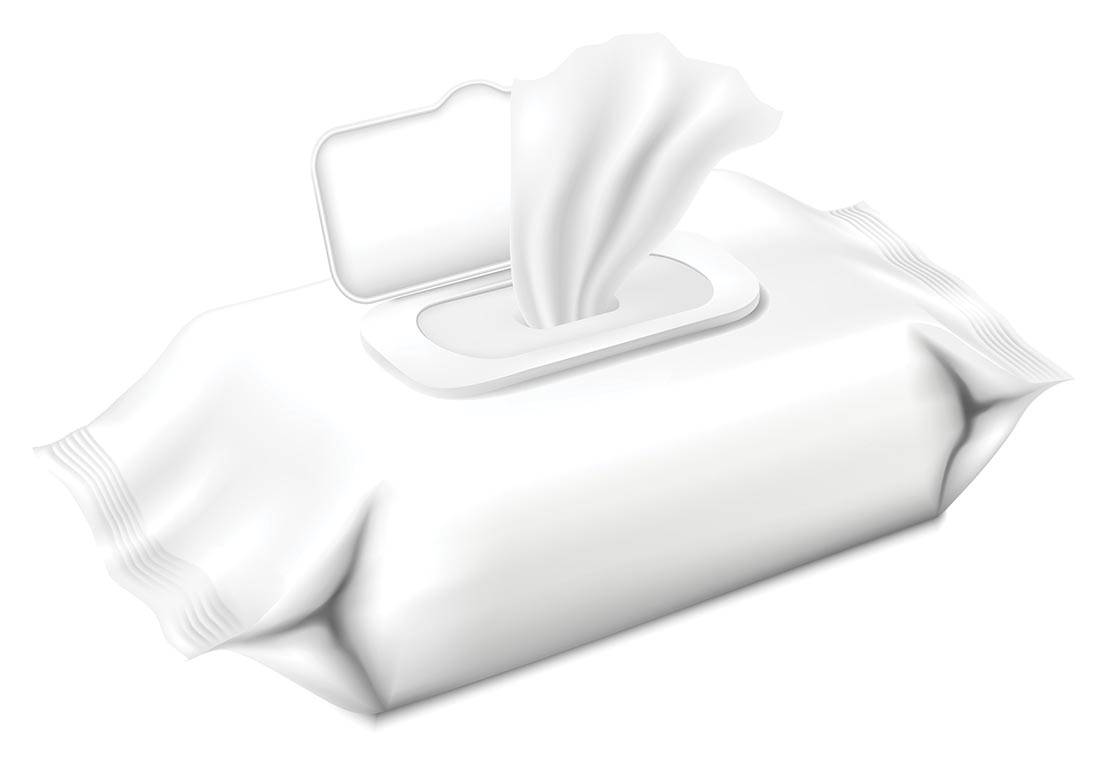Since COVID-19, manufacturing is receiving much needed attention as part of nations’ goals to have a good supply of life-saving materials, reviving their economy and generating highly skilled jobs. Funds have been budgeted in national budgets for infrastructure projects, defense materials, major R&D projects, and enhanced defense procurement. In all these initiatives, different forms and types of research and development in fibrous substrates is involved. In these advanced fiber-based materials, aesthetics and fashion take back seats, while high performance and functional aspects occupy the front seats. There is opportunity and necessity for stakeholders in the sector to be involved in engaged outreach about the industry to the general public, policymakers, and end users.
Issues That Need Attention
Our industry needs to be proactive in research and development in areas related to sustainability, functional fibers, environmentally friendly chemicals, recyclability and reusability aspects. The advanced textile sector has to align itself with the United Nations’ sustainability goals in terms of the use of earth-friendly materials, reducing energy usage, adapting reuse and recycle strategies, etc.
Innovation Is the Need of the Hour
In the case of hygiene, medical, forensic and some defense applications, textile products are predominantly single-use in nature. The technical textiles industry has to pay attention in developing cost-effective single-use and semi-durable products which are less dependent on petroleum-based sources and promote cost-effective disposal methods. More importantly, genuine and positive information about the usefulness and advantages of using advanced textile products has to be relayed to the end-users and the public. In this regard, efforts undertaken by the Cary-based Association of the Nonwoven Fabrics Industry, INDA, in formulating flushability standards and engaging with the public and broader press has to be recognized. The industry should focus on timely R&D which can result in need-based products. This needs engagement with government agencies and academia.
Agile and advanced manufacturing such as 3D printing are areas that offer growth potential. Particularly, polymer-based medical textiles and implants can be developed using 3D printing. “3D printed patient specific implantable and non-implantable devices are becoming more sustainable with the reduction in cost of production, more adoption of the technology by the surgeons due to its advantages and introduction of more cost-effective 3D printable materials with the required biomechanical and physiological properties,” stated Dr. Jayanthi Parthasarathy, Manager of 3D Printing, Nationwide Children’s Hospital, Columbus, OH.
In the realm of functional chemicals, research is needed, states Ganesh Srinivasan, CEO of Bengaluru, India-based Resil Chemicals. “For instance, the market requires long-lasting fluorine-free water repellents and flame retardants that can resist more than 30 washes. It is necessary to use low-toxic fire retardants that can provide fire protection while minimizing physiological heat stress,” added Srinivasan.
Efforts undertaken by the Association of the Nonwoven Fabrics Industry, INDA, in formulating flushability standards and engaging with the public and broader press has to be recognized. The industry should focus on timely R&D which can result in need-based products.
Collaboration Is the Way Forward
Given the need to develop products that can have a balance between cost and functionality, the industry needs to be creative in utilizing resources. One strategy is to have a symbiotic relationship with academia and research organizations. Particularly for advanced textile products, science and technology need to be borrowed from different disciplines such as chemistry, physics, biotechnology and materials science. The functional textiles industry needs the support of organic chemistry, analytical science, surface physics, coating science, etc. to develop multifunctional properties. For example, nonwoven wipes, which are intended for wiping away toxic chemicals, need support of chemistry and physics disciplines for characterization involving FTIR, Gas Chromatography, etc. Research laboratories focusing on fiber science and manufacturing need to work with chemistry departments to speed up innovations and move ideas to commercialization. In fast moving and hot fields such as the development and replacement of regulated chemicals, large collaborative projects involving multiple laboratories from different countries will be beneficial. For example, the industry has worked at warp speeds to find suitable alternatives for PFAS (Per- and polyfluoroalkyl substances). Several national governments due to forthcoming regulations are interested in funding such projects.
Research in functional textiles is of interest to federal agencies in advanced nations such as the U.S. Department of Defense. A major initiative is underway with the support of U.S. DoD called Advanced Functional Fabrics of America, centered at Massachusetts Institute of Technology. Advanced sustainable manufacturing and recycling initiatives also receive much needed support such as The REMADE Institute which is a division of Sustainable Manufacturing Innovation Alliance Corporation.
Way Forward
Given the heightened awareness among policy makers to boot the manufacturing sector, focusing on sustainability and enhancing workforce skills, are some areas that can receive good support. The advanced textile sector can avail many large-scale funding opportunities and move towards its next phase. Innovation is the way forward!


